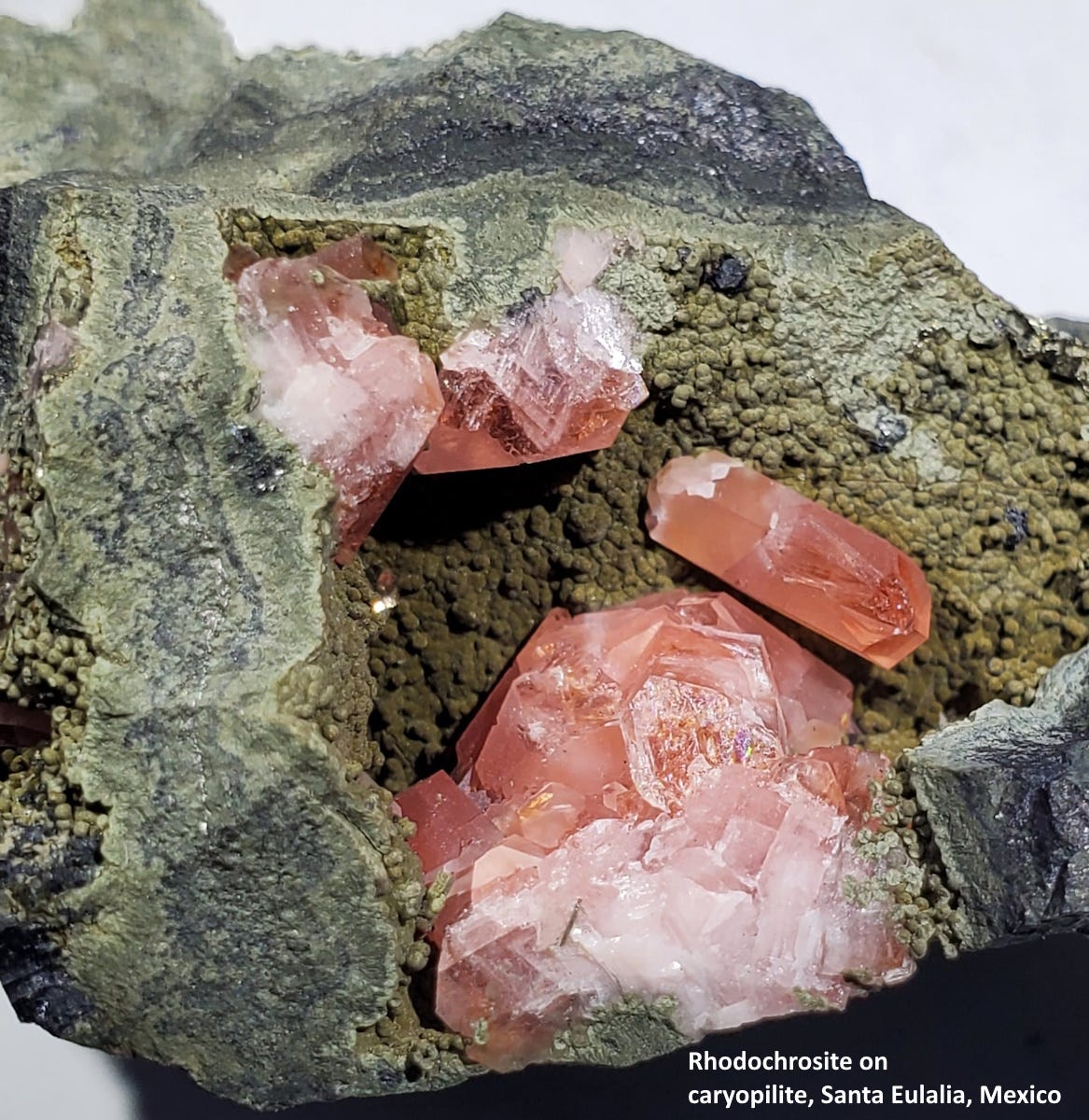
Life in the USA is not normal. It feels pointless and trivial to be talking about small looks at the fascinating natural world when the country is being dismantled. But these posts have been scheduled for over a month, and they will continue, as a statement of resistance. I hope you continue to enjoy and learn from them.
Santa Eulalia is one of Mexico’s premier mineral localities, both for ore and for mineral specimens. It’s near the town of Chihuahua, about 375 km (235 miles) south of El Paso, Texas, and the deposit is one of the largest carbonate replacement deposits in the world. It’s part of a linear belt of such deposits in Mexico, including well-known specimen-producing mines at Ojuela, Naica, Concepcion del Oro, Los Lamentos, San Carlos, San Pedro Corralitos, Charcas, and Sabinas-San Martin, according to MinDat, the online mineral database.
Carbonates, in this case Cretaceous limestones, are soluble in water, and more so with reactions when the water is hot, acidic, and mineralized, such as that which emanates from an igneous body. The dissolved carbonate is replaced by minerals carried in the hydrothermal fluids, and because dissolving carbonates typically have lots of cavities and open spaces, lots of cool mineral crystals can form.
These deposits are usually sources for silver, lead, zinc, gold, copper, and manganese, and Santa Eulalia has produced vast quantities over its near-continuous mine life since it began about 1703. It has produced more than 500,000,000 ounces of silver (compare Butte at over 750,000,000; Butte is the third largest cumulative producer of silver in the world) and around six million metric tons of lead and zinc (Butte’s total for those two is about 2.6 million metric tons). The city of Chihuahua, now with nearly a million people, owes its origin to the mines at Santa Eulalia.
There are dozens of collectible minerals from Santa Eulalia, so it isn’t really reasonable to name the “most famous” kinds of specimens from there, but since I’m under no obligation to be reasonable, I’ll make a short list anyway: rhodochrosite (manganese carbonate), hemimorphite (zinc silicate), smithsonite (zinc carbonate), pyrrhotite (iron sulfide), calcite (calcium carbonate), creedite (calcium-aluminum sulfate-fluoride), mimetite (lead arsenate-chloride), and rare and expensive ludlamite (iron phosphate). The photos here are not the best world-class specimens; they are simply from my own collection (that’s generally my rule for these posts, mostly my own things, my own photos), and the post is really just to highlight some of Santa Eulalia’s diverse minerals.
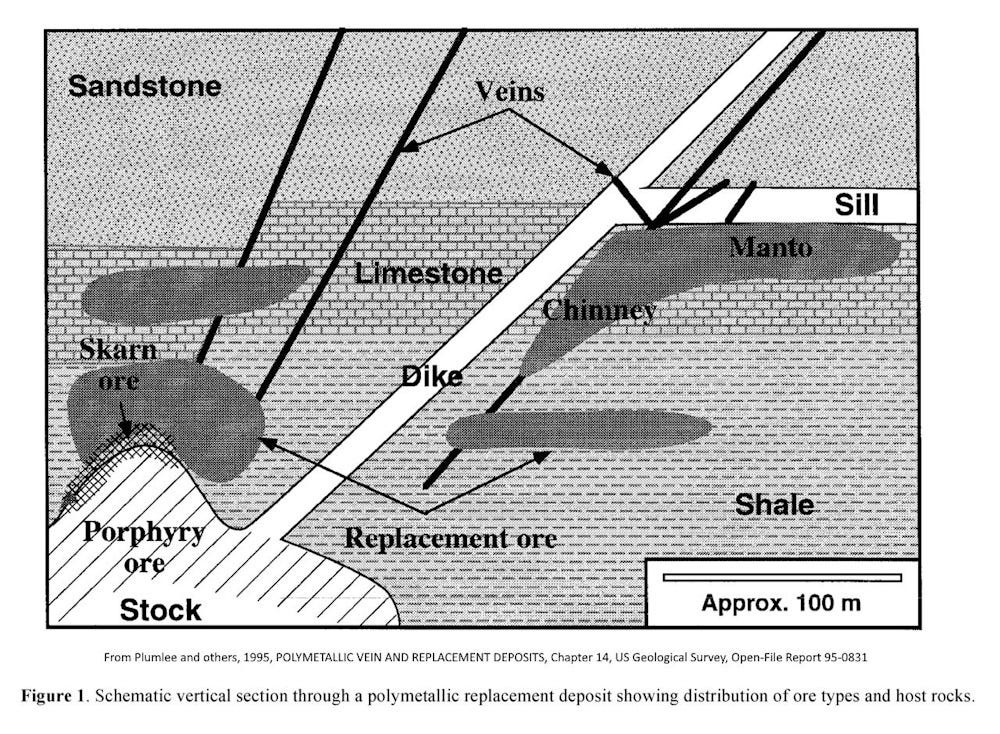
The mineralization is complex because it represents multiple phases, including a prograde (increasing heat) phase and a retrograde (cooling, more water-rich) phase, in which different minerals formed in the diverse temperature, pressure, and compositional conditions.
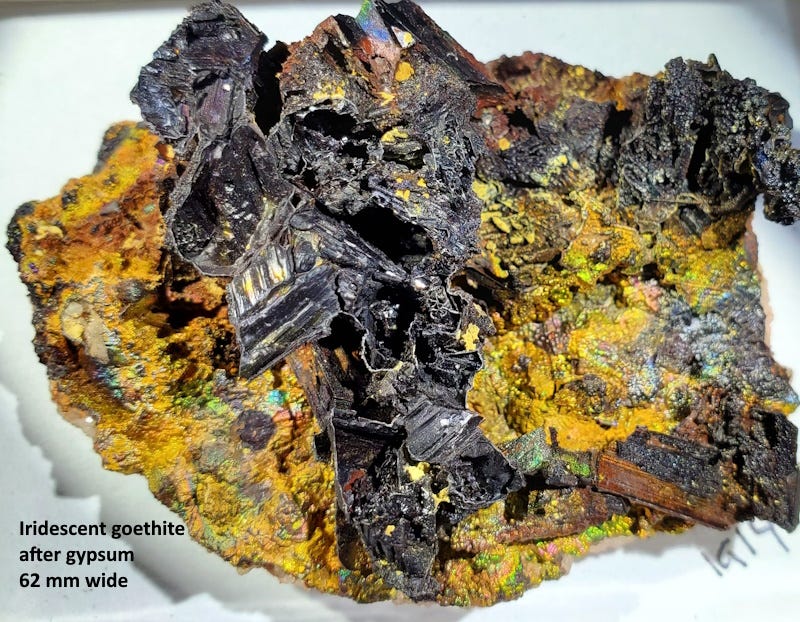
The impetus for this post comes from my discovering a new (to me) mineral, caryopilite, in the rhodochrosite specimen I have and presented in the top photo. I learned about it thanks to a YouTube presentation by Peter Megaw, the acknowledged expert on minerals at Santa Eulalia, Microminerals of the main silicate ore body, Potosi Mine, Santa Eulalia, linked below. Caryopilite, whose name means “felted nut-brown,” is the greenish-brown botryoidal substrate to the rhodochrosite crystals. It is a manganese silicate. Even though I’d never heard of it, it was described and named in 1889 by Alex Hamberg, a Swedish mineralogist and explorer for whom three glaciers (in Spitsbergen, Greenland, and South Georgia Island) and the mineral hambergite are named.
Eulalia means "well spoken" and Santa Eulalia was a 13-year-old Roman Christian virgin who was martyred in Barcelona in 303 A.D. The locality in Mexico was probably named for her.




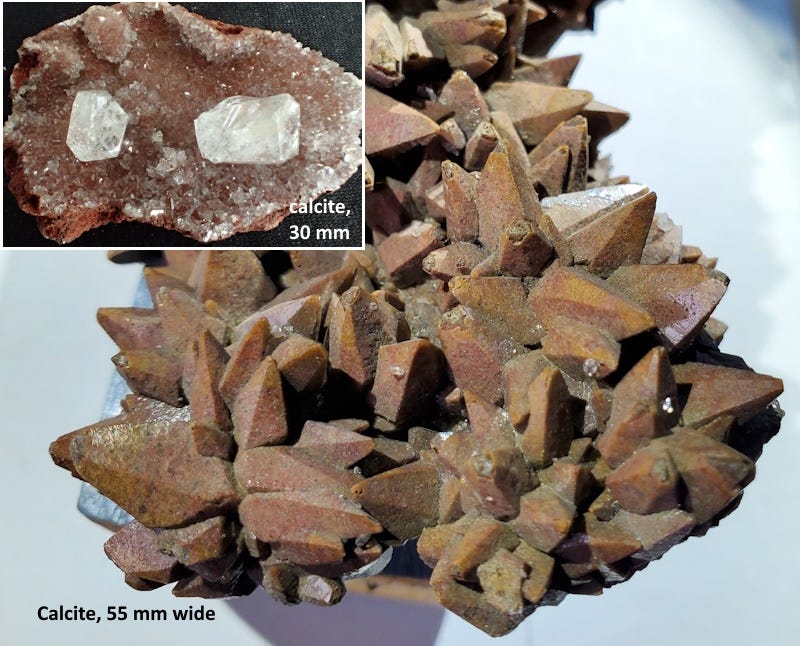
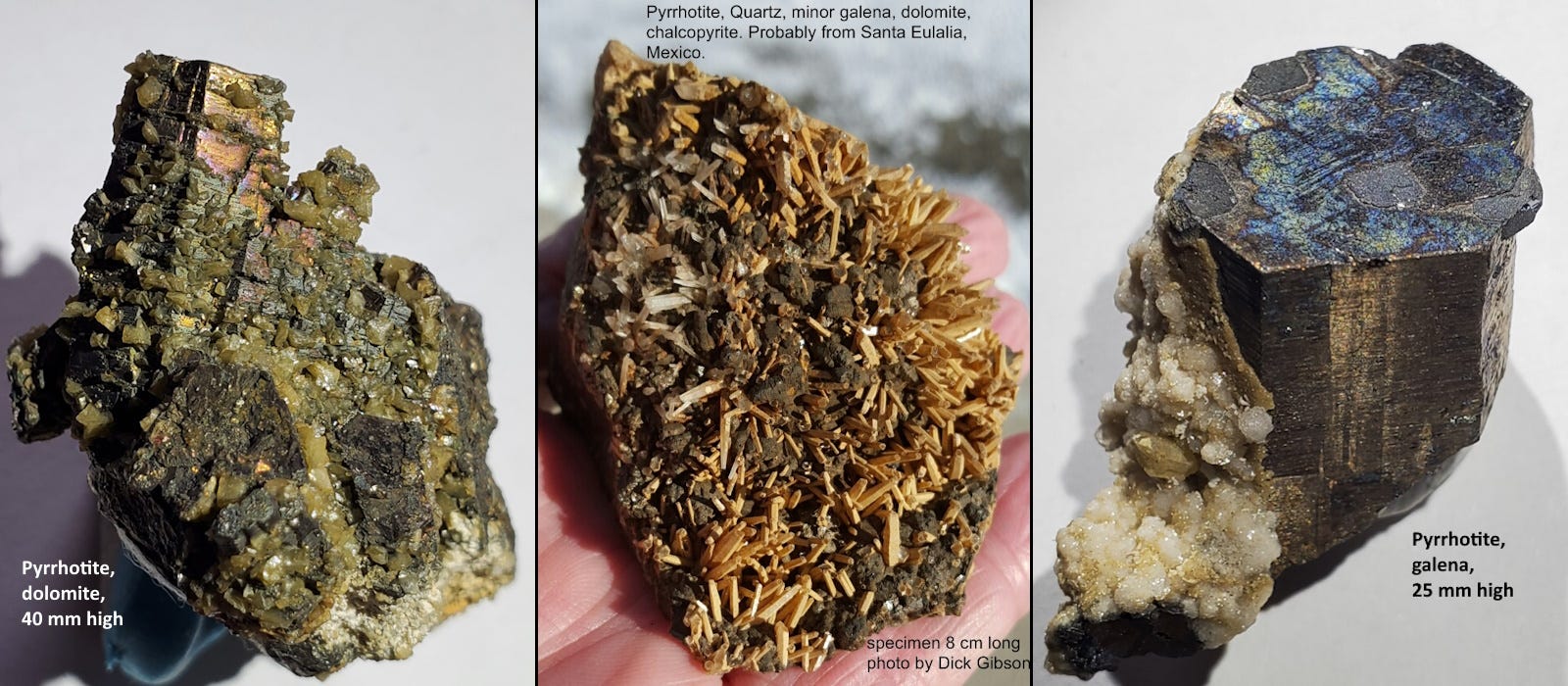
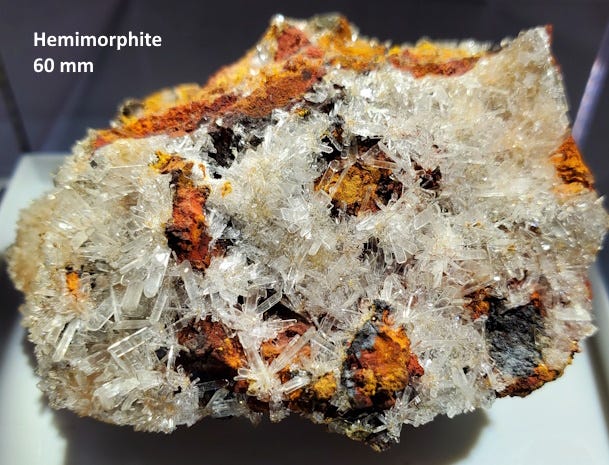
Not at all "pointless and trivial." The glory of our universe is the point of everything. And sharing that as you do, and as I enjoy, is our resistance to those who have put themselves at the center of the universe.
Thanks for sharing the video Richard. I didn't realise, but there are now 79 Micromount Club Zoom videos! The complete playlist for anyone interested is here https://www.youtube.com/playlist?list=PLwdOHcjmducFKcDw8d2qgAoEEEB0M7vht